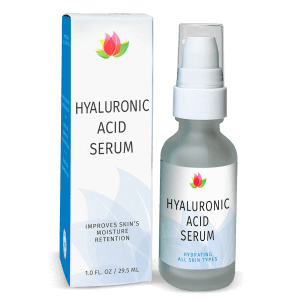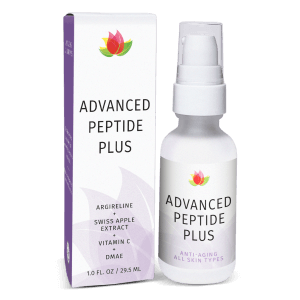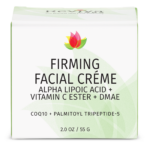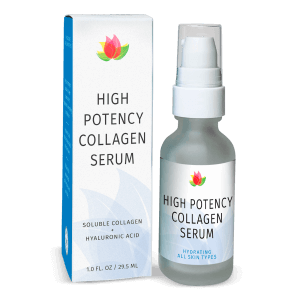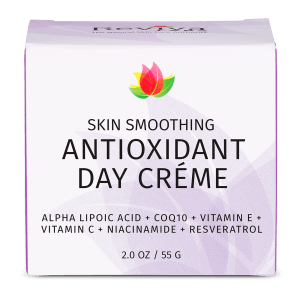Ingredients, Natural, Reviva Labs, Skin Care
The Biggest Trends in Skincare Ingredients for 2025
If there’s one thing I’ve noticed about skincare, it’s that innovation never takes a break. Every year, new ingredients emerge, backed by research and designed to tackle everything from hydration to aging more effectively than ever before. As we step into 2025, the focus is sharper, the formulations smarter, and the results even more impressive. So, what’s making waves this year? Let’s dive into the standout ingredients that are set to transform routines and redefine what healthy, glowing skin looks like.
Peptides with a Purpose
Peptides have been around for a while, but their popularity is exploding in 2025 for one reason: specialization. Gone are the days of generic peptides that promise everything and deliver little. Now, it’s all about targeted action.
Take copper peptides, for example. These are getting attention for their role in skin healing and firmness. Not only do they stimulate collagen production, but they also reduce inflammation and improve skin elasticity. What’s not to love? Matrixyl that may not be exactly new but it continues to be peptide powerhouse designed to tackle fine lines and wrinkles, with studies showing visible improvements in skin texture in just weeks.
Look out for serums and moisturizers that highlight these peptides prominently. And trust me, a little goes a long way with these potent actives.
The Algae Revolution
Yes, algae. It’s not just for sushi anymore. In 2025, marine-based ingredients are at the forefront, thanks to their ability to hydrate, protect, and restore. Spirulina, a blue-green algae rich in antioxidants, has become a favorite in hydrating serums and eye creams.
A popular type red algae used in skincare is Chondrus crispus, commonly known as Irish moss or carrageenan. This powerhouse ingredient is rich in polysaccharides, peptides, and amino acids, which work together to deeply hydrate and strengthen the skin barrier.
Another standout is Asparagopsis armata, known for its ability to protect the skin against oxidative stress and pollution. It’s often included in products designed for urban environments, where environmental damage is a constant concern.
Algae are gaining popularity not only for their incredible moisturizing and protective properties but also for their natural, sustainable origins, making them a favorite in eco-friendly skincare formulations. Keep an eye out for these names on ingredient lists—they’re the ones doing the heavy lifting in 2025!
Postbiotics: The Unsung Heroes
If you’re thinking, “Wait, weren’t probiotics the big deal?” you’re not wrong. But 2025 is all about postbiotics—those beneficial byproducts created when probiotics break down. Think of them as the cherry on top of a healthy microbiome.
Postbiotics deliver antimicrobial benefits while soothing inflammation and reducing redness. They’re particularly exciting for anyone dealing with conditions like rosacea or eczema. And because they’re more stable than probiotics, they integrate seamlessly into cleansers, toners, and creams.
Polysaccharides for Protection
If you haven’t heard of polysaccharides yet, consider this your introduction. These naturally occurring sugars are becoming key players in skincare for their ability to protect and hydrate.
Derived from sources like mushrooms and plants, polysaccharides form a film on the skin, locking in moisture while shielding against environmental aggressors. Beta-glucans, a type of polysaccharide found in oats and mushrooms, are particularly notable for their soothing and anti-inflammatory properties.
If your skin tends to freak out when the weather changes or when you try a new product, polysaccharides might be your new best friend.
Plant Stem Cells
Stem cell technology isn’t just for medical research anymore—it’s transforming skincare too. Plant stem cells, especially from sources like apples and edelweiss, are making their way into serums and creams.
What’s fascinating is their ability to stimulate cell renewal and repair. While these ingredients don’t directly replace human skin cells, they provide nutrients and signaling molecules that encourage your skin to act younger. It’s a subtle but significant boost for aging or stressed skin.

Niacinamide’s Glow-Up
Niacinamide isn’t exactly new, but in 2025, it’s shining even brighter. As an all-in-one solution for uneven tone, enlarged pores, and dullness, this ingredient has cemented its place as a must-have.
What’s changing this year is how it’s being paired with other actives. You’ll see niacinamide combined with ingredients like tranexamic acid for targeted brightening or with ceramides for intense hydration. Brands are embracing its versatility, offering products that meet multiple skin needs in one go.
Bakuchiol 2.0
We’ve talked about bakuchiol before as a natural alternative to retinol, but this year, it’s getting a major upgrade. Research has uncovered ways to enhance its stability and potency, making it even more effective at smoothing fine lines and fading dark spots.
What’s more, bakuchiol is increasingly being used in tandem with low-dose retinol, offering a gentler approach to traditional retinoid routines. It’s a game-changer for those with sensitive skin who want to enjoy retinol’s benefits without irritation.
Smart Hydration: Polyglutamic Acid
You’ve heard of hyaluronic acid, but polyglutamic acid (PGA) is stealing some of the spotlight in 2025. This hydration hero can hold up to four times more water than hyaluronic acid, making it a powerful addition to any routine.
PGA also forms a breathable film on the skin, locking in moisture and giving you that dewy, plump look. It’s particularly effective in serums and masks, where its hydrating properties can truly shine.
Skincare in 2025
This year, new products are all about targeted, effective, and sustainable solutions. From postbiotics to plant stem cells, these ingredients are shaping a future where skin health and environmental care go hand in hand. As someone who’s always on the lookout for what’s next, I can’t wait to see how these trends evolve—and more importantly, how they transform our skin for the better.

